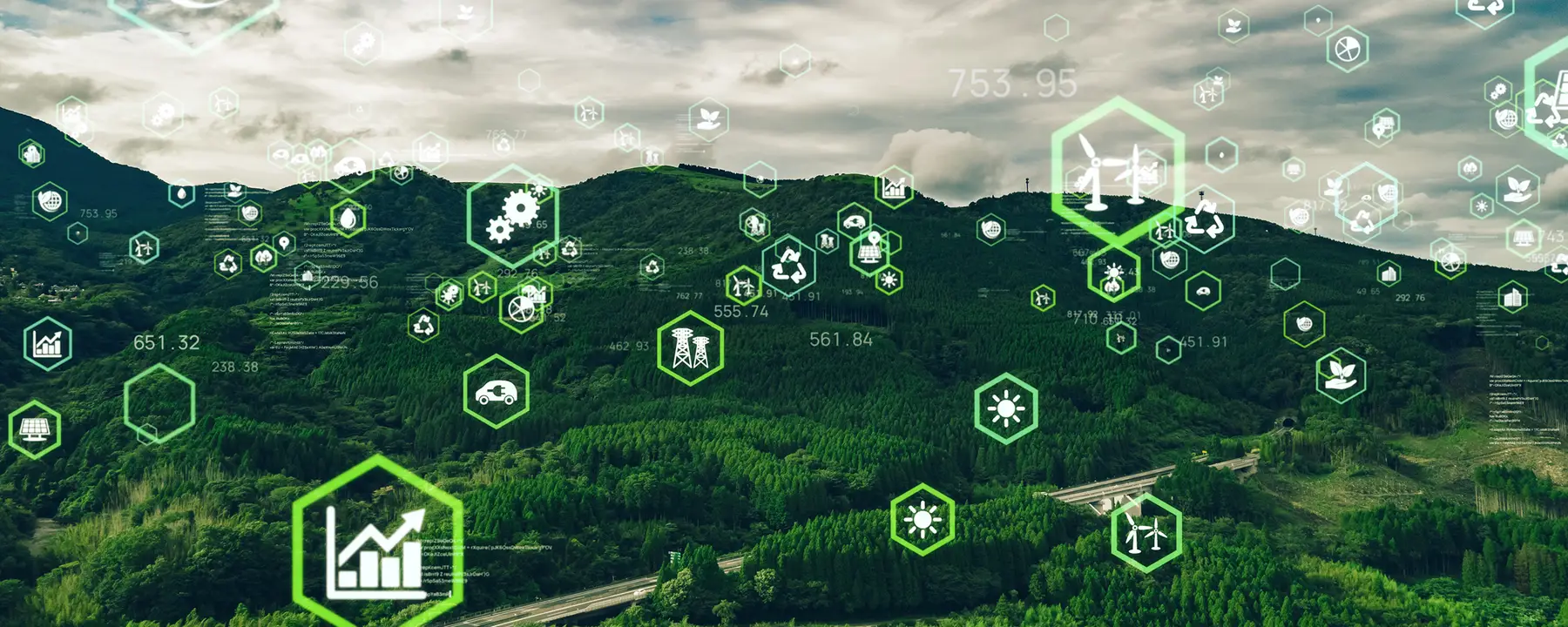NOAA Atmospheric Carbon Monitoring and Modeling Test
The NOAA Atmospheric Carbon Monitoring and Modeling Test is a critical service designed to support environmental testing in the context of climate change. This test evaluates the accuracy, precision, and reliability of atmospheric carbon dioxide (CO₂) monitoring systems that are used by regulatory bodies like the National Oceanic and Atmospheric Administration (NOAA).
Our laboratory adheres strictly to international standards such as ISO 17025 for proficiency in conducting this service. The test is essential for ensuring compliance with environmental regulations, particularly those related to greenhouse gas emissions and climate modeling. This service is vital for stakeholders across various sectors including energy production, transportation, and waste management.
The atmospheric carbon monitoring systems tested under this program are used to monitor CO₂ concentrations in the atmosphere. These measurements are crucial for understanding global warming trends and validating climate models. The data gathered from these tests contributes significantly to the global effort to combat climate change by informing policy decisions and mitigation strategies.
The NOAA Atmospheric Carbon Monitoring and Modeling Test involves a series of comprehensive steps, including specimen preparation, calibration checks, field deployment simulation, and data analysis. Specimen preparation typically involves the collection of air samples which are then analyzed for CO₂ levels using high-precision instruments like gas chromatographs or infrared spectrometers.
The testing process adheres to strict international standards such as ISO 14067, which provides guidelines on greenhouse gas accounting and reporting. The calibration checks ensure that the monitoring systems are operating within acceptable tolerances. Field deployment simulation allows us to replicate real-world conditions under which these systems would operate, thus providing a realistic assessment of their performance.
Data analysis involves comparing the results from our tests against established benchmarks and historical data sets. This comparison helps in identifying any discrepancies or areas for improvement. The end result is a detailed report that provides insights into the accuracy and reliability of the monitoring system being tested.
Our laboratory's expertise lies not only in conducting these tests but also in providing actionable recommendations based on our findings. We work closely with clients to ensure they have all the necessary information to make informed decisions regarding their environmental policies and practices.
| Applied Standards | ||
|---|---|---|
| ISO 14067:2018 – Greenhouse gas accounting and reporting at facilities | ASTM E3945 - Standard Guide for the Use of Remote Sensing Technologies in Atmospheric CO₂ Studies | EN ISO/IEC 17025:2017 – General requirements for the competence of testing laboratories |
The competitive advantage and market impact of our NOAA Atmospheric Carbon Monitoring and Modeling Test are significant. By offering this service, we help clients stay ahead of regulatory changes and technological advancements in atmospheric CO₂ monitoring technology.
- Enhanced accuracy and reliability of CO₂ data provided to stakeholders
- Support for compliance with international environmental regulations
- Informed decision-making based on robust test results
- Precise calibration checks ensuring consistent performance across different environments
For quality managers, compliance officers, R&D engineers, and procurement professionals involved in this sector, the NOAA Atmospheric Carbon Monitoring and Modeling Test is an indispensable tool. It ensures that the data used for climate change modeling is accurate and reliable, contributing to more effective policies and strategies aimed at mitigating global warming.





